Click here to sign up for 10% off your first order.|Free shipping for all orders to Hong Kong|Start Whatsapp live chat here
Click here to sign up for 10% off your first order.|Shipping fee for all orders to Macau - HKD 30 |Start Whatsapp live chat here
Click here to sign up for 10% off your first order.|Free shipping for all orders to Hong Kong|Start Whatsapp live chat here
Click here to sign up for 10% off your first order.|Shipping fee for all orders to Macau - HKD 30 |Start Whatsapp live chat here

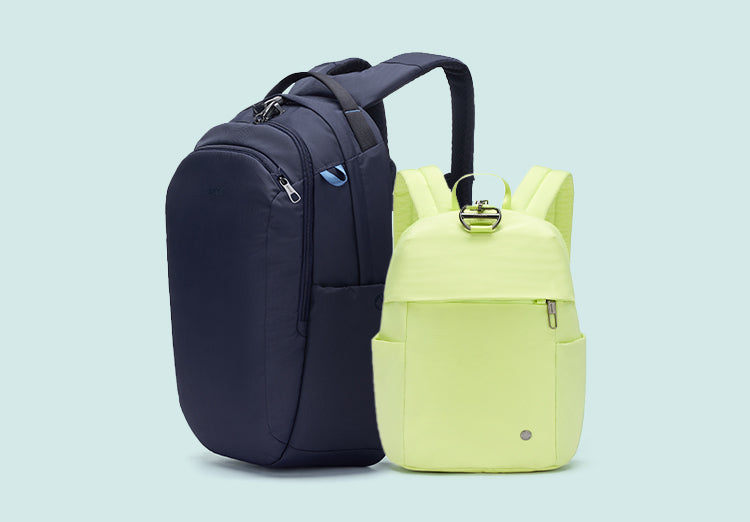
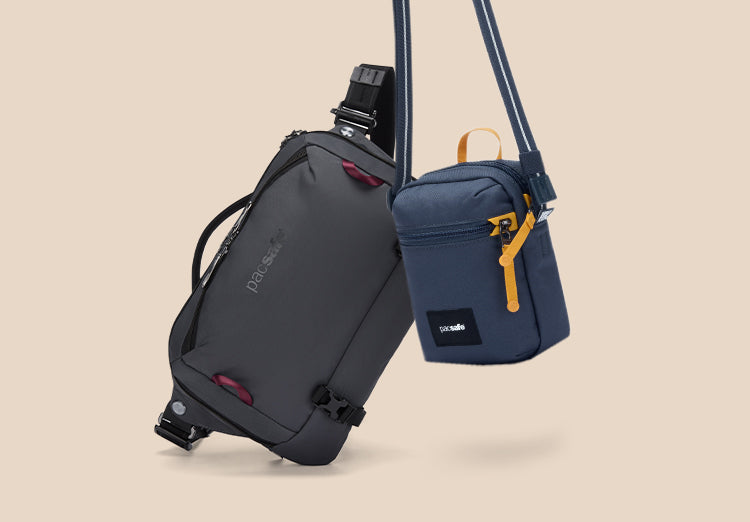
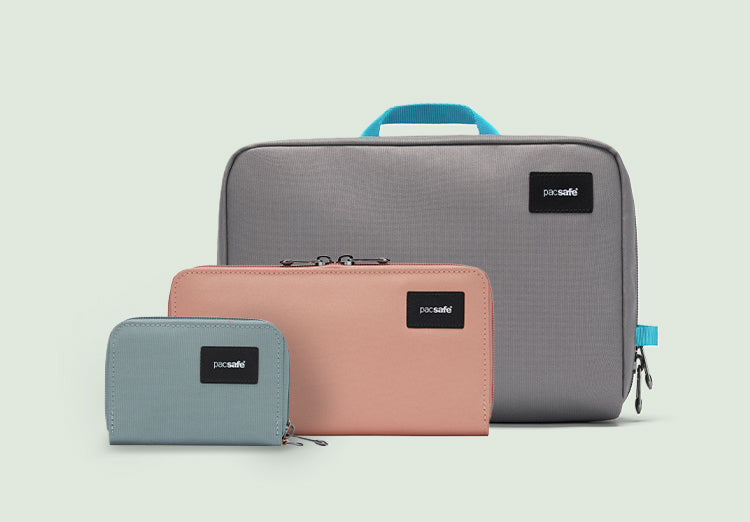
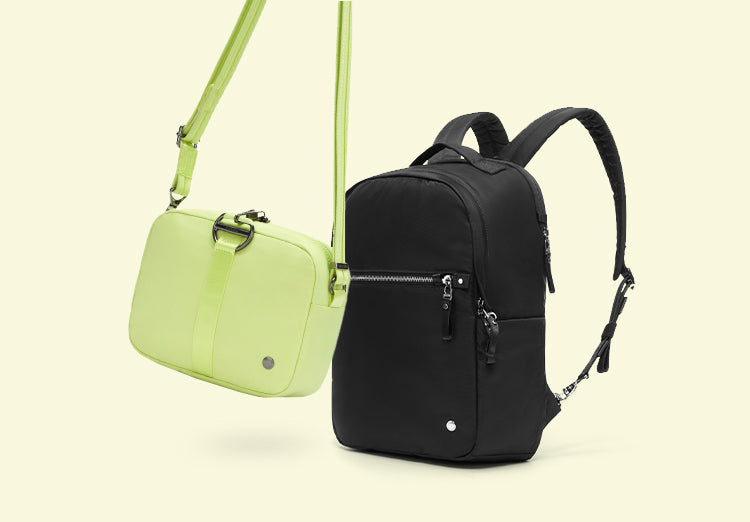

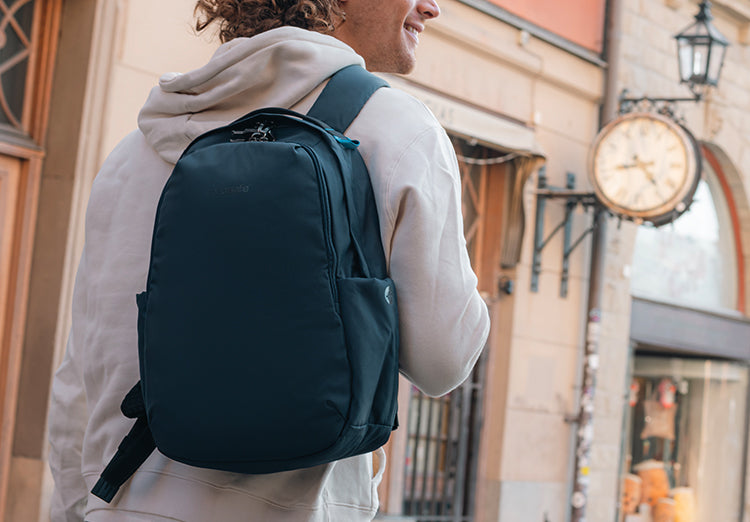
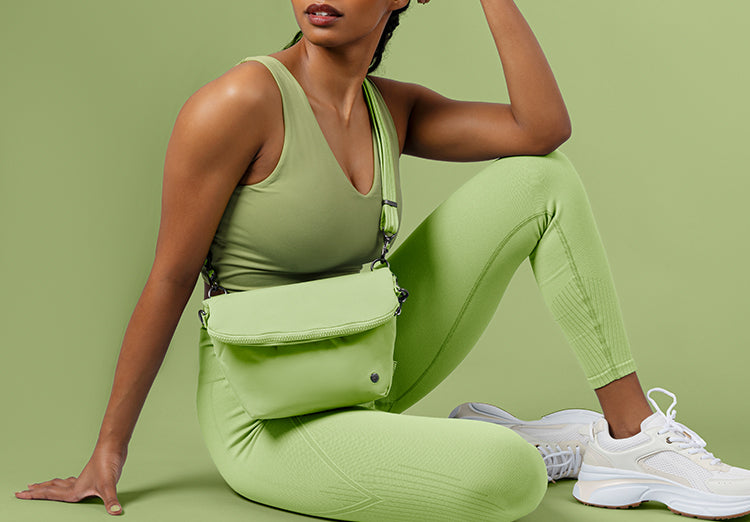
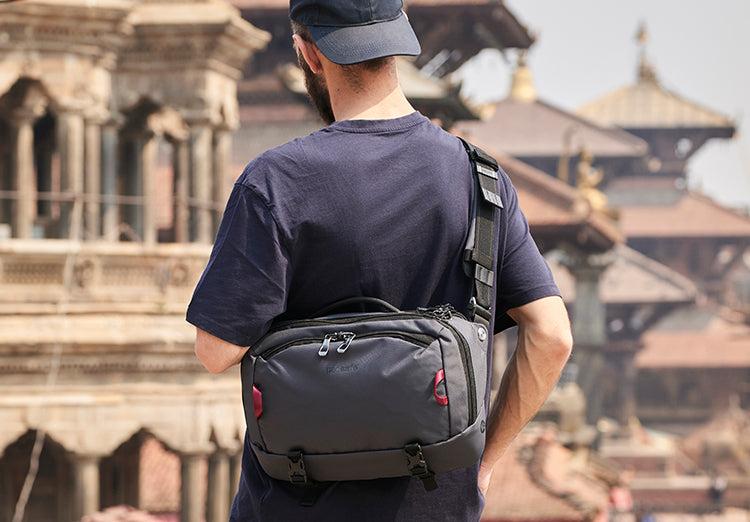

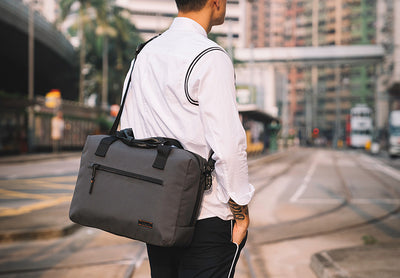
 A travel backpack is the single most important piece of equipment for the traveler who spends a lot of time on the road or trail. It carries all your gear, makes you look stylish and can even serve as an impromptu pillow or cuddle buddy (hey, won’t judge). Not all travel packs are made equally, so it’s important to do your due diligence when choosing the right one.
A travel backpack is the single most important piece of equipment for the traveler who spends a lot of time on the road or trail. It carries all your gear, makes you look stylish and can even serve as an impromptu pillow or cuddle buddy (hey, won’t judge). Not all travel packs are made equally, so it’s important to do your due diligence when choosing the right one.


